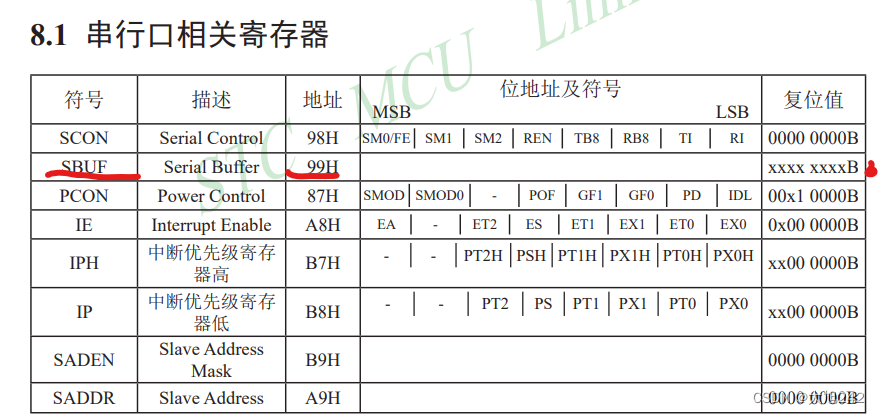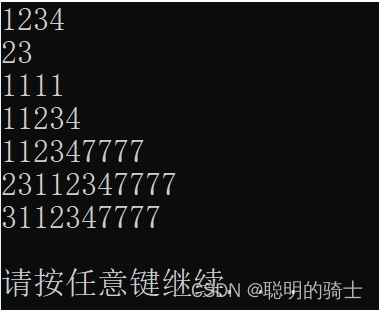题目描述
方法一:哈希表
C++版本
/**
* Definition for singly-linked list.
* struct ListNode {
* int val;
* ListNode *next;
* ListNode(int x) : val(x), next(NULL) {}
* };
*/
class Solution {
public:
ListNode *detectCycle(ListNode *head) {
unordered_set<ListNode*> visited;
while(head != NULL) {
if(visited.count(head)) // 若第一次遇到之前遍历过的链表,则为环的入口
return head;
visited.insert(head); // 记录遍历过的链表
head = head->next;
}
return NULL;
}
};
Python版本
通过集合来实现
# Definition for singly-linked list.
# class ListNode:
# def __init__(self, x):
# self.val = x
# self.next = None
class Solution:
def detectCycle(self, head: ListNode) -> ListNode:
visited = set()
while head != None :
if id(head) in visited :
return head
visited.add(id(head))
head = head.next
return None
id() 函数返回对象的唯一标识符,标识符是一个整数。
时间复杂度
O
(
n
)
O(n)
O(n)
空间复杂度
O
(
n
)
O(n)
O(n)
方法二:快慢指针

slow指针走过的为a+b,fast指针走过的为a+b+n(b+c),其中n为fast指针走过的圈数。
因为fast一次走两步,slow一次走一步,那么fast就会相对于slow以速度为1步进行运动,那么总有一次二者会相遇。
根据二者速度关系可列等式 2 ∗ ( a + b ) = ( a + b ) + n ( b + c ) 2*(a+b) = (a+b)+n(b+c) 2∗(a+b)=(a+b)+n(b+c),可得 a = n ( b + c ) − b a = n(b+c)-b a=n(b+c)−b,即 a = ( n − 1 ) ( b + c ) + c a=(n-1)(b+c)+c a=(n−1)(b+c)+c,由该公式可得,走过距离a等于走n-1圈环的距离再加上从相遇点走过距离c。
因此,若想得到入口点,可让一个指针从头节点出发,另一个指针从相遇点出发。两者必然会在某一时刻,再入口点相遇。
C++版本
/**
* Definition for singly-linked list.
* struct ListNode {
* int val;
* ListNode *next;
* ListNode(int x) : val(x), next(NULL) {}
* };
*/
class Solution {
public:
ListNode *detectCycle(ListNode *head) {
ListNode* fast = head;
ListNode* slow = head;
while(fast != NULL && fast->next != NULL){
fast = fast->next->next;
slow = slow->next;
if(fast == slow){ // 找到相遇点
ListNode* ptr = head; // 设置一个从头结点出发的指针
while(ptr != slow){ // 当从头结点出发的结点和从相遇点出发的结点相遇时,则为入口点
ptr = ptr->next;
slow = slow->next;
}
return ptr;
}
}
return NULL;
}
};
Python版本
# Definition for singly-linked list.
# class ListNode:
# def __init__(self, x):
# self.val = x
# self.next = None
class Solution:
def detectCycle(self, head: ListNode) -> ListNode:
fast, slow = head, head
while fast != None and fast.next != None :
fast = fast.next.next
slow = slow.next
if fast == slow :
ptr = head
while slow != ptr :
slow = slow.next
ptr = ptr.next
return ptr
return None
时间复杂度
O
(
n
)
O(n)
O(n)
空间复杂度
O
(
1
)
O(1)
O(1)
参考文章:
环形链表 II
142.环形链表II


















